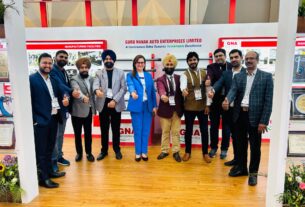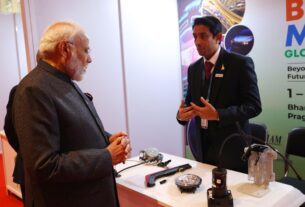In a freewheeling chat with Nithin Kumar, Wolfgang Weinbrecht, Vice President (Commercial Vehicles and Engines Division) and Fabian Elsaesser, Vice President (Automotive Division) of Witzenmann GmbH along with B S Karthic, Managing Director of Witzenmann India throw light on the new engine pipe facility set up in India and the trends in the passenger and commercial vehicle segments that will make an impact on the company’s future growth plans in the region
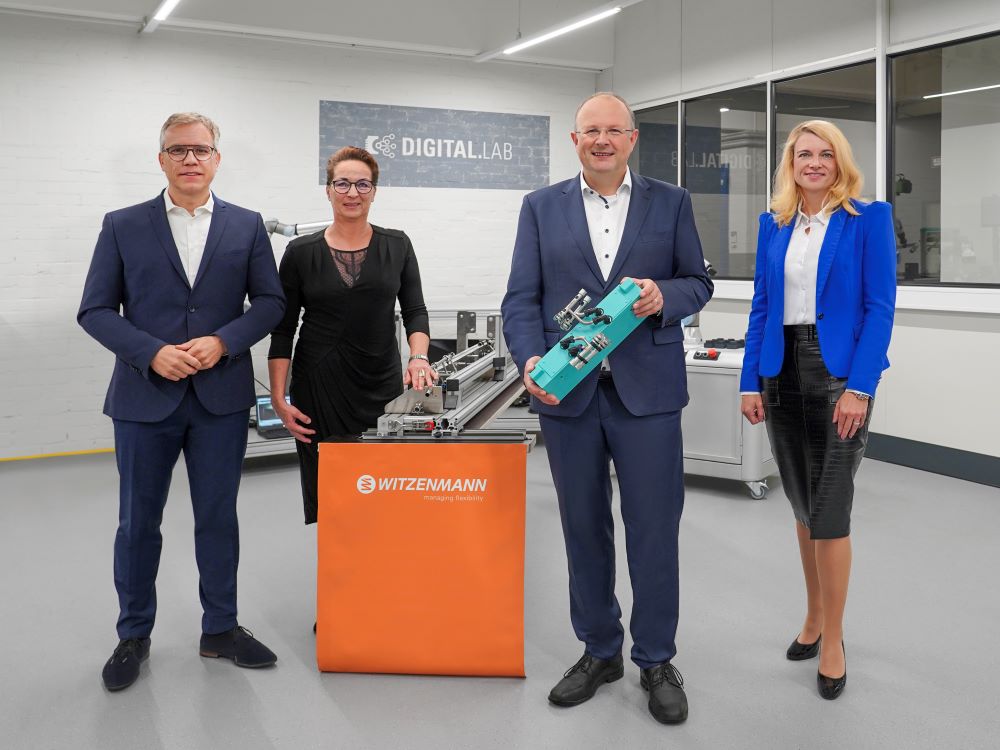
Congratulations on the new engine pipe facility you have opened here in Chennai. What is its purpose and who are the customers that you are trying to service with the new facility?
Fabian Elsaesser: First of all, we have on our books a new customer, namely, Mahindra and Mahindra. It’s an achievement that we are proud about. This is the first time that we are entering the engine market to lay pipes even though our presence in the industry has been since 2008. We have many customers in India, including all the passenger car original equipment manufacturers (OEMs) as well as some in the commercial vehicle segment. We have installed new machines and a pipe facility to cater to this demand from our customers.
What is your focus on the new energy vehicles such as electric, hybrid and vehicles with alternate drivetrains? How important is this space for you?
Fabian Elsaesser: New energy vehicles make for an interesting space. We at Witzenmann are experiencing a phase of total transformation which differs from region to region. The highest level of pressure is felt in Europe. In the US, the present government is supporting renewable energy and this implies the need for a huge turnaround. There’s a similar situation in China. Battery-driven cars are now becoming the norm. As such, our share in the electric vehicles’ segment is likely to go up by 10% by 2025. We are therefore very focused on developing parts for internal combustion engines. We have done great work in China with our new product called the ‘power accumulator’, which has been quite a success.
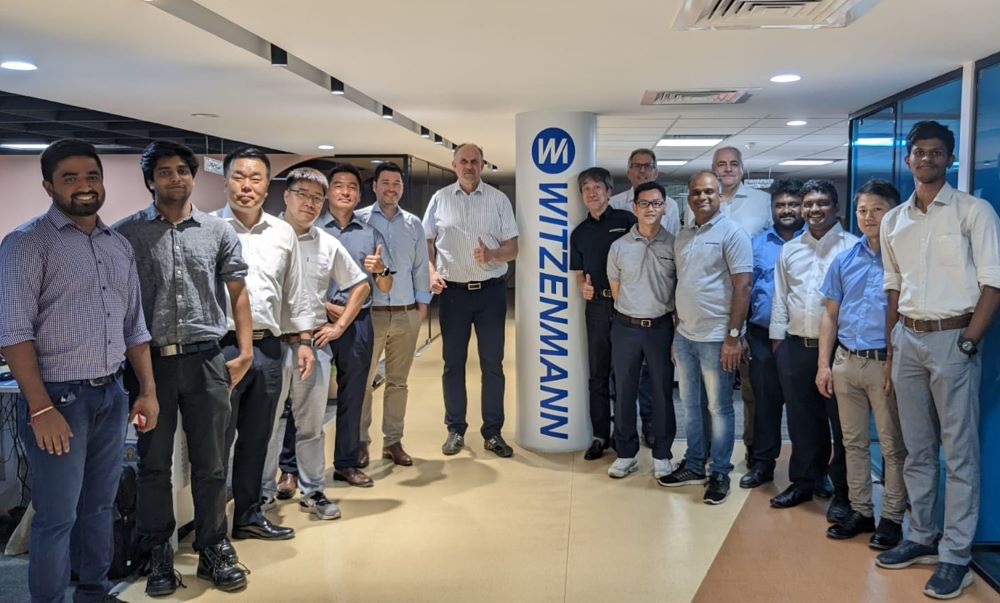
Wolfgang Weinbrecht: For commercial vehicles, it is a different story altogether. Of course we are also working on different areas like battery vehicles but are giving more importance to hydrogen-powered vehicles. We already have some serial products which we are wrapping up this year and the battery-driven vehicles will be one part of the story while trucks and other businesses will be another. We are keen on bagging more ‘request for quote’ (RFQ) business. Therefore, globally speaking, we are definitely focused on the renewable sector and how all this will lead to a huge turnaround in the future of the automotive industry. As stated by Fabian, the success of our product in China is testimony to the kind of work we are engaged in.
How important is the passenger vehicle segment for the Indian business? Who are your major customers and how are you planning to increase your presence in this space?
Karthic: We are a market leader when it comes to the passenger vehicle segment, especially in terms of the IC engines. We command more than 50% of the market share in the field of IC engines. The engine-related pipe business is new territory for Witzenmann in India but we have come here led by our strong experience of many years in Europe and China. In India our focus will be to increase this turnover. This is bridge technology for the new energy vehicle and we will get into new frontiers and push the boundaries. Eventually, our engine-related pipe business will help us take our IC engine business to the next level.
How strong is your presence in India in the commercial vehicle segment and how are you planning to grow in this space as well?
Karthic: We are as strong in the commercial vehicle segment as the passenger vehicle segment. We are a market leader in light commercial vehicles while touching 40% market share in the heavy commercial vehicle segment. In our view, hydrogen-powered vehicles will be the next big alternative in the IC engine space in commercial vehicles worldwide. Even in India, Tata Motors and Cummins have joined hands for developing hydrogen-based IC engines. We have already started working on applications related to hydrogen in our headquarters and will be able to localise the technology and solutions when the acceptance for such vehicles grows in India.
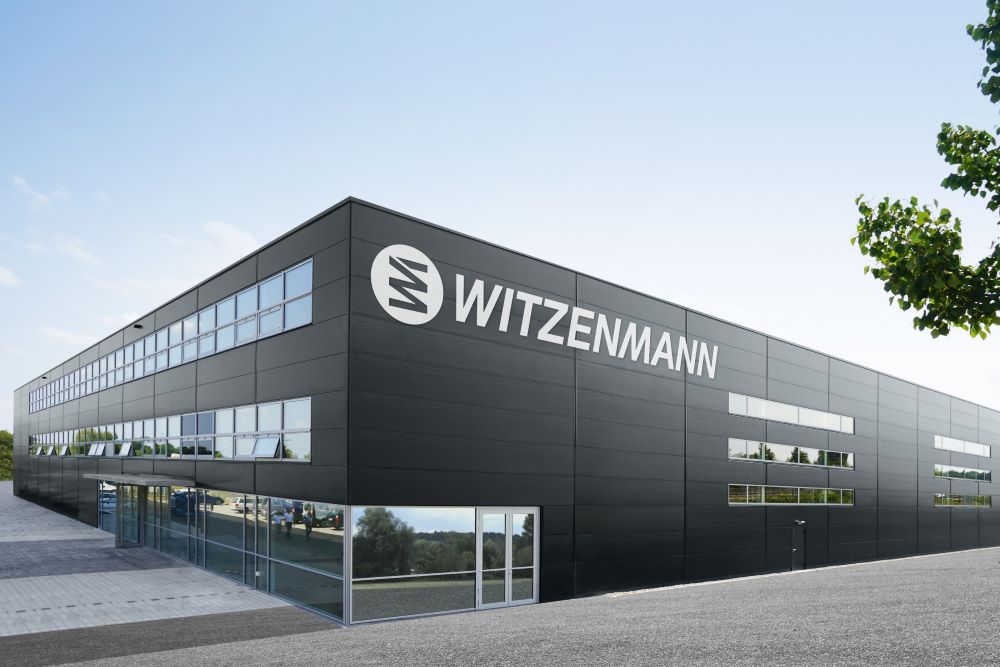
Wolfgang Weinbrecht: We are working on hydrogen-related engines even though the preferences across the world are different from country to country. The governments of some of the countries have not announced their final decision on whether the automotive industry should veer towards hydrogen or electric or something else. However, developments on all renewable energy fronts have been taking place simultaneously. It will depend on what is cost-effective and operationally efficient for the customers. Ultimately, the choice will be driven by what the customers feel comfortable about. Given this scenario, we are working on hydrogen, ICE and other fuel technologies.
What are your unique selling points compared to your competitors in India?
Karthic: We have been in the market for 14 years, especially in passenger and commercial vehicles and their associated applications. And our biggest USP is the support of our headquarters, the brand strength of Witzenmann and our track record with IC engines. We have supplied more than 18 million parts in this market since our establishment in 2008 and there have been more or less zero number of complaints as regards quality. Thus, Witzenmann stands tall compared to our competitors in terms of quality and reliability and the technical support from our headquarters which makes the entire operation from manufacturing to after-sales service seamless.
How was the business in India in 2022? And what is your outlook for the current year?
Karthic: The year 2022 was exceptionally good since we recorded our highest-ever turnover. As for the current year, the demand has not witnessed any downtrend in volume and all the macroeconomic indicators are looking very strong. Hopefully, therefore, 2023 will also turn out to be as good.
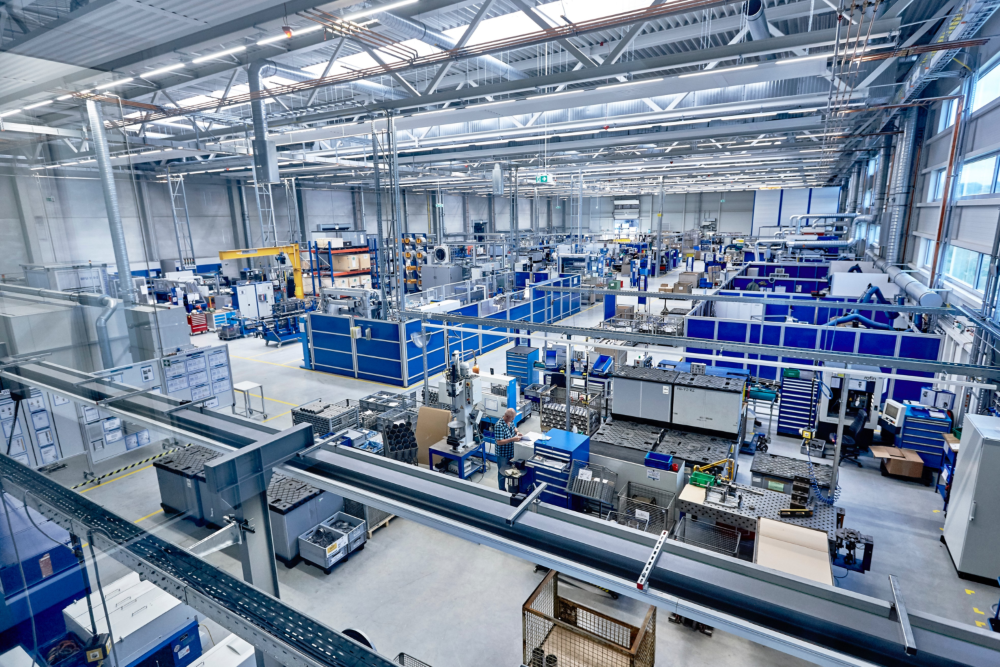
How important is India for Witzenmann’s global growth ambitions? What share of business does the region contribute to your passenger and commercial vehicle divisions globally?
Fabian Elsaesser: India presents an excellent long-time perspective for our group because the country is perfectly located and our facility here in Chennai is very central to our India operations. Given the current geopolitical situation across the globe and the tensions with China, India is certainly in a favourable position. My prediction is that we will be able to double our turnover over the next five years. As regards the share from Witzenmann India, it is set to cross a minimum 8-9% for passenger cars. Over the longer term this share may go up to 12-13%. To put it in brief, there lies huge potential ahead as far as the contribution from India is concerned.
Wolfgang Weinbrecht: In terms of the commercial vehicle segment, it would be difficult at this stage to provide concrete numbers because commercial vehicles do not mean only trucks for us, especially in India. We are very strong in the rail market and in the segment of large engines as well. As of now, some the parts made here are also sold to customers outside India, as for instance, the UK. In India, we have many customers in the truck segment and there lies the possibility of a good growth curve. We are also very positive about new facility in India and the work that we will do for Mahindra and Mahindra. We are confident of getting more clients in the near future. India is a great place to be as far as the automotive segment is concerned.


